Dubai welcomes the Museum of the Future
Killa Design and the Dubai Future Foundation launch the Museum of the Future in Dubai, which opens its doors to the public today (22 February 2022)
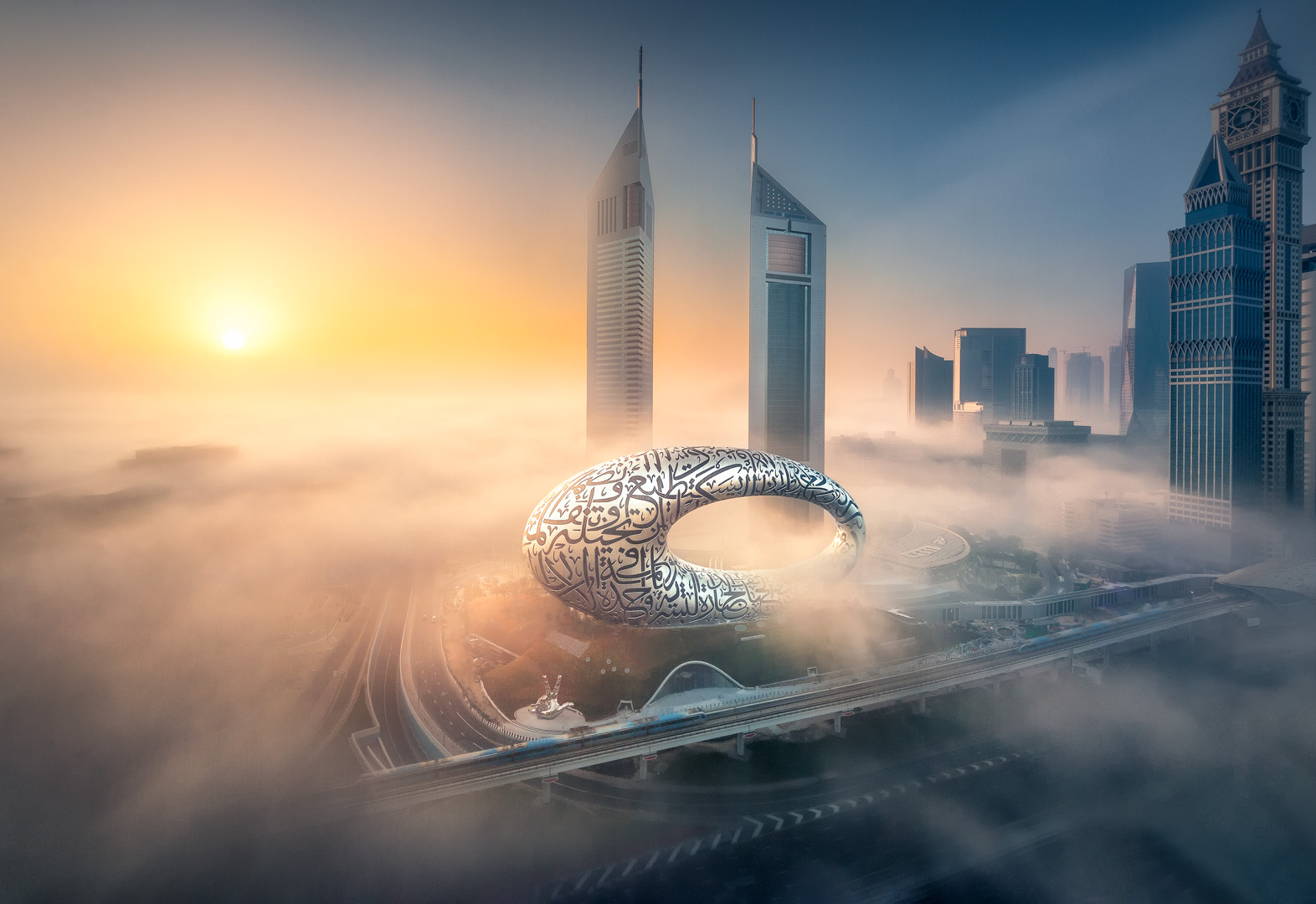
Looking at it peeking through the Dubai skyline, it feels clear that the Museum of the Future was not designed to be subtle; rather, it was designed to celebrate and shout about human achievement and the innovation that guides humankind into the future. Housed in a suitably eye-catching building, rounded, gleaming and adorned with Arabic calligraphic inscriptions, this new cultural destination in the UAE turns the idea of a museum on its head. Instead of being a home for historical artefacts, it is an experimental space, hailed as a hub to inspire the future of humanity. The brainchild of the Dubai Future Foundation and architect Shaun Killa of Killa Design, the project will house a permanent exhibition of human technology and creative thinking; and it opens its doors to the public today (22 February 2022).
The building was conceived by Killa ‘as an architectural and cultural icon’, and it's true that its striking, shimmering volume is as memorable as it is dramatic. The architect composed its flowing form using computer-aided design, harnessing state-of-the-art technology in volume shaping and futuristic visions of architecture to achieve his goal. The result is an impressive 77m high, seven-storey toroidal structure built without using a single column.
Museum of the Future
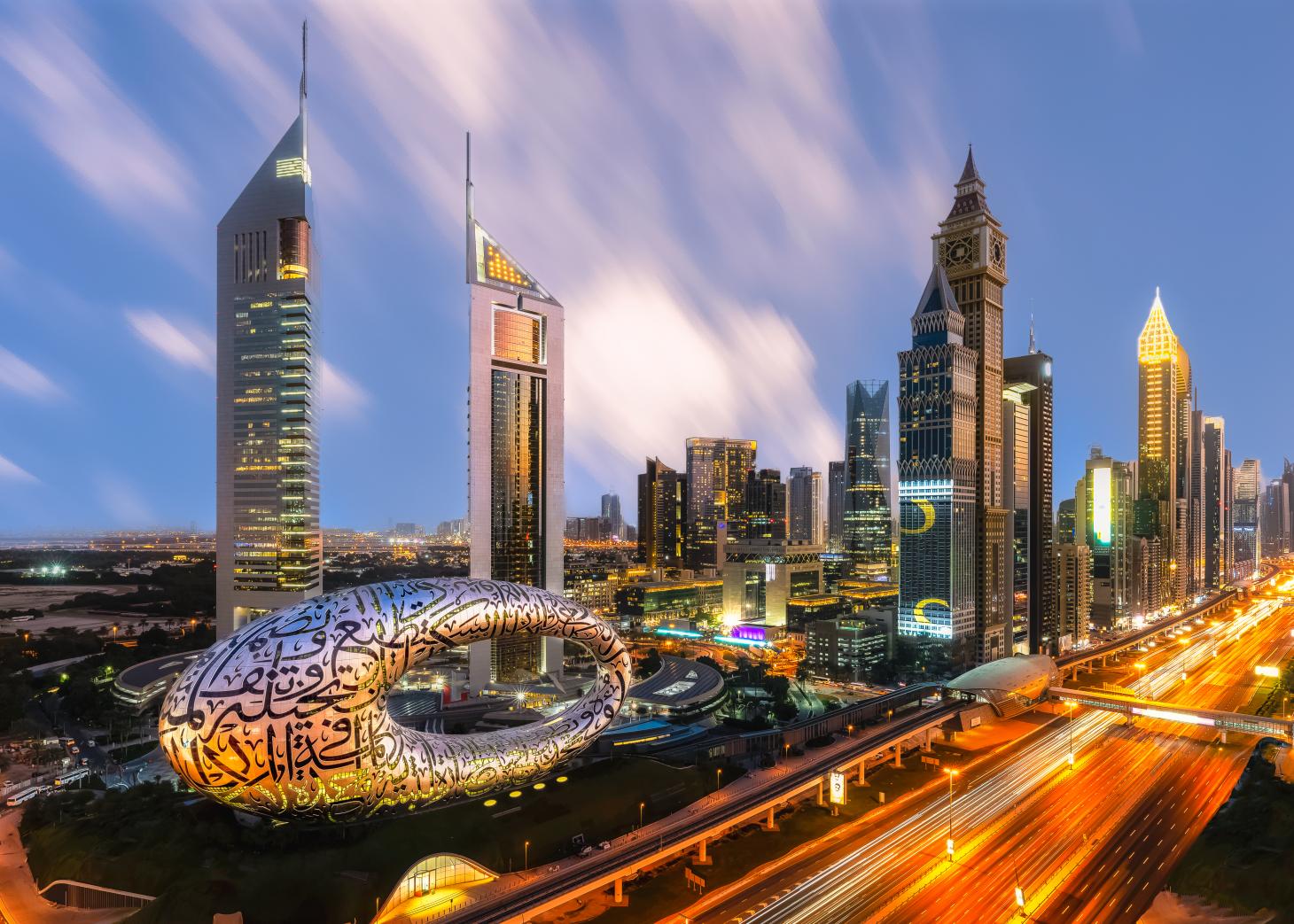
The glistening structure is clad in stainless steel panels manufactured by robots that produced the pattern that makes up its skin – lines of Arabic calligraphy representing three quotes on the future by His Highness Sheikh Mohammed bin Rashid Al Maktoum, vice president and prime minister of the UAE and ruler of Dubai. These say: ‘We may not live for hundreds of years, but the products of our creativity can leave a legacy long after we are gone’; ‘The future belongs to those who can imagine it, design it, and execute it. It isn’t something you await, but rather create'; and ‘Innovation is not an intellectual luxury. It is the secret behind the evolution and rejuvenation of nations and peoples’.
Made using technologically advanced building methods, the Museum of the Future also employs modern sustainable architecture strategies, such as solar power (the structure is powered through its own dedicated solar park). Inside, a multipurpose hall sits at the core of the building, surrounded by further spaces including a lecture hall, innovation laboratories for health, education, smart cities, energy and transportation, and permanent exhibition areas.
‘The Museum of the Future is a “living museum”, constantly adapting and metamorphosing as its very environment drives continual and iterative change to its exhibits and attractions,’ says Mohammed Al Gergawi, UAE minister for cabinet affairs and chairman of the Dubai Future Foundation. ‘The museum brings together futurists, thinkers, innovators and the public in a testbed of ideas that define the world of the future and shape the way we interact with our world to come.’
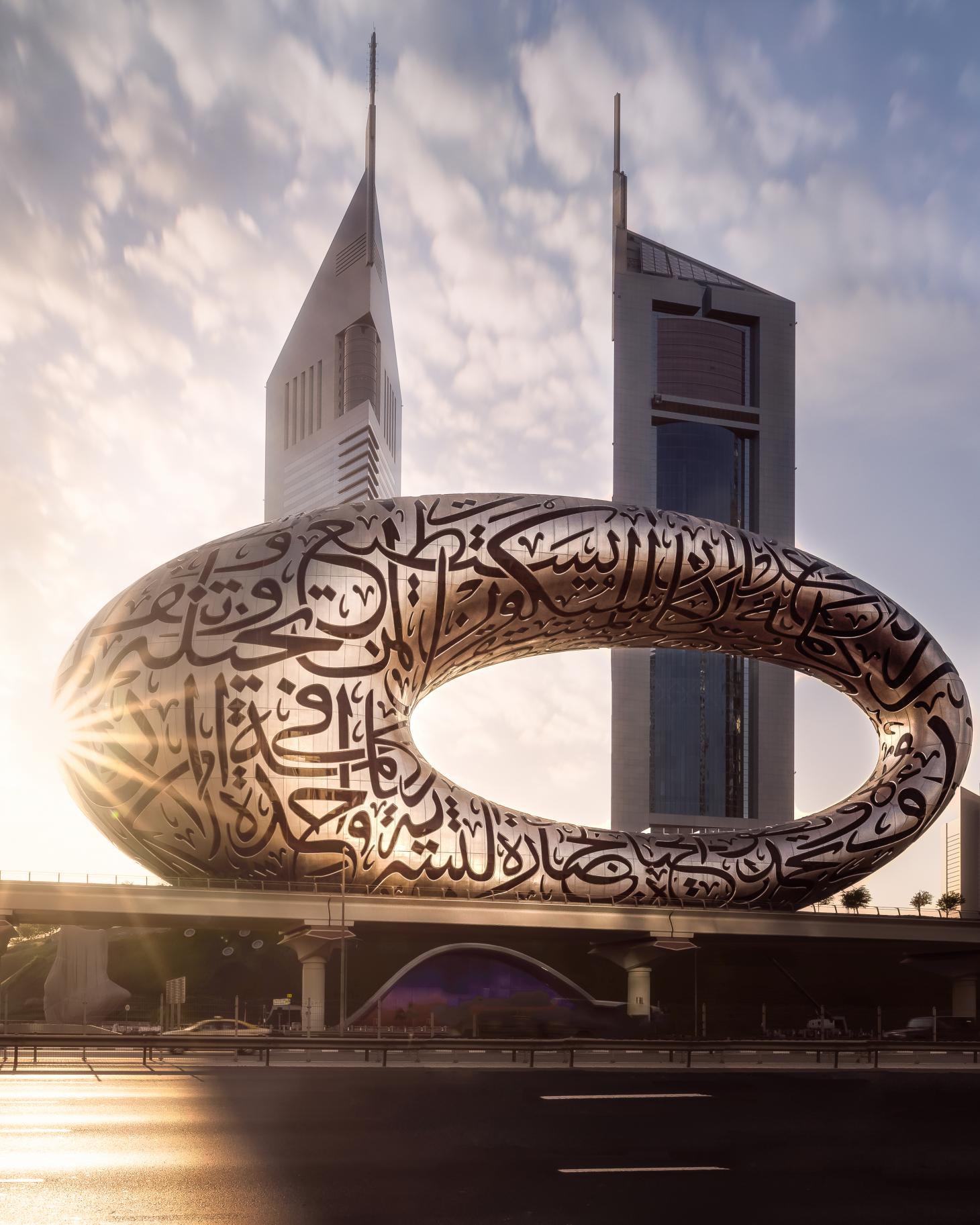
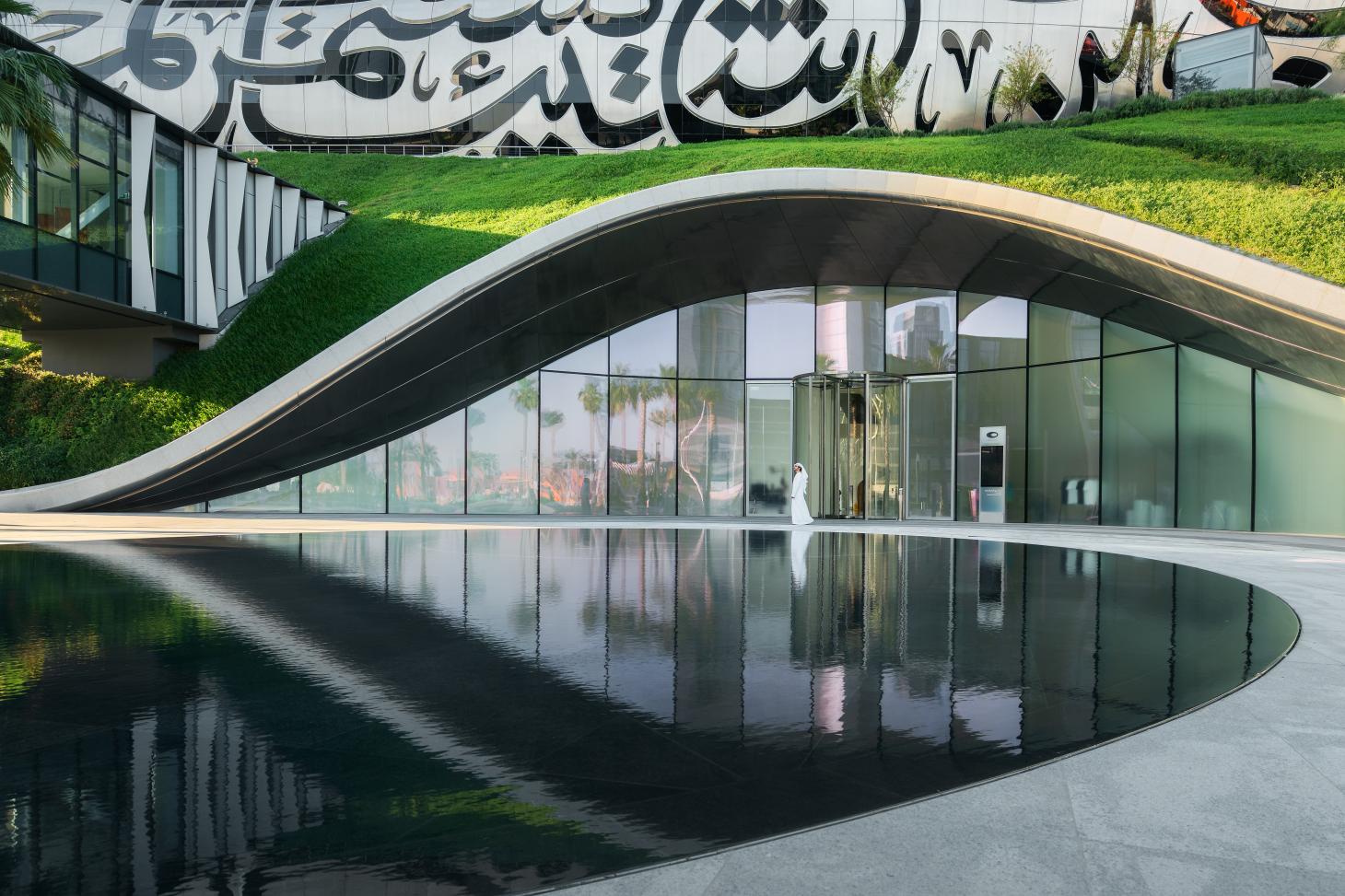
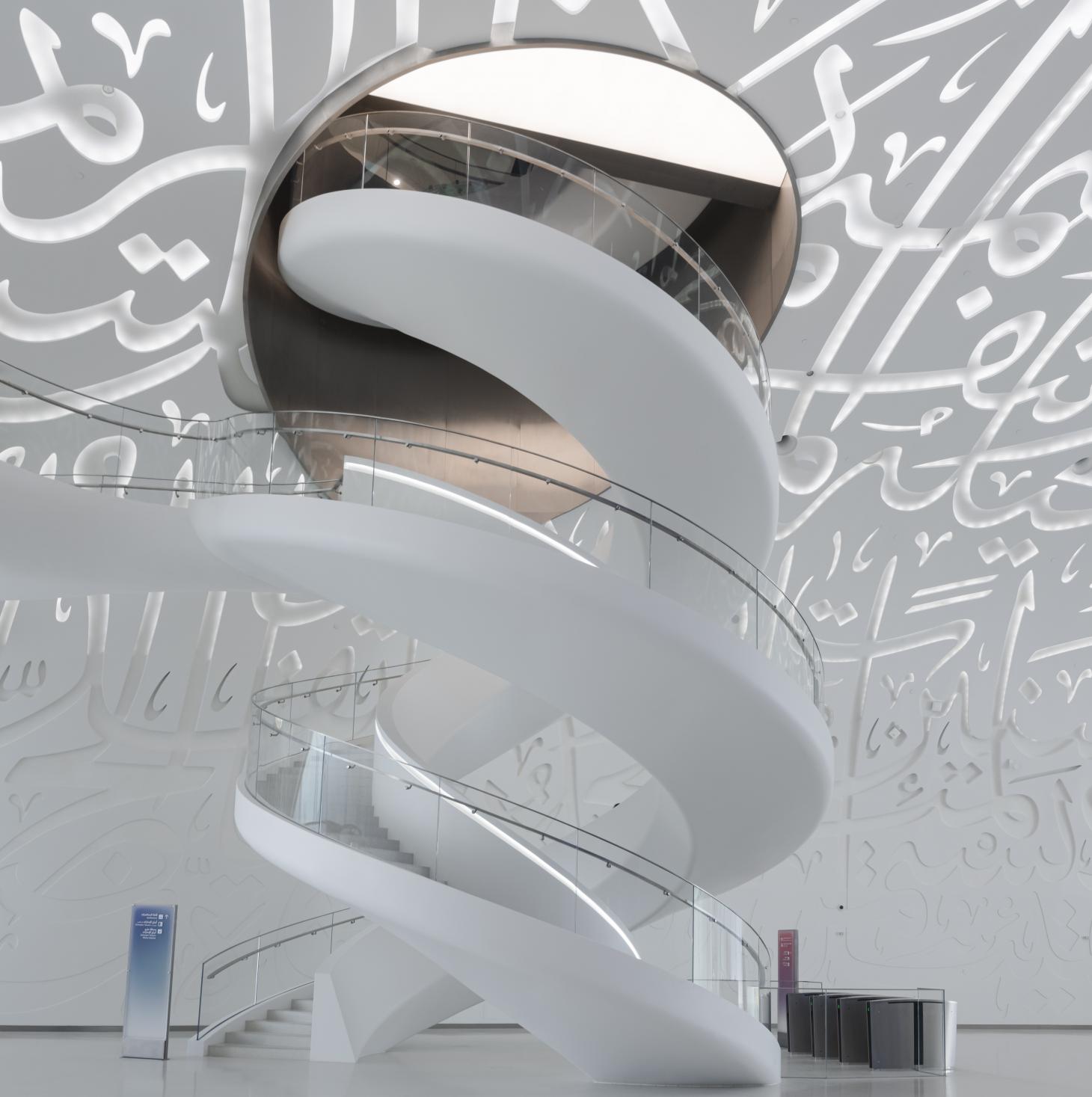
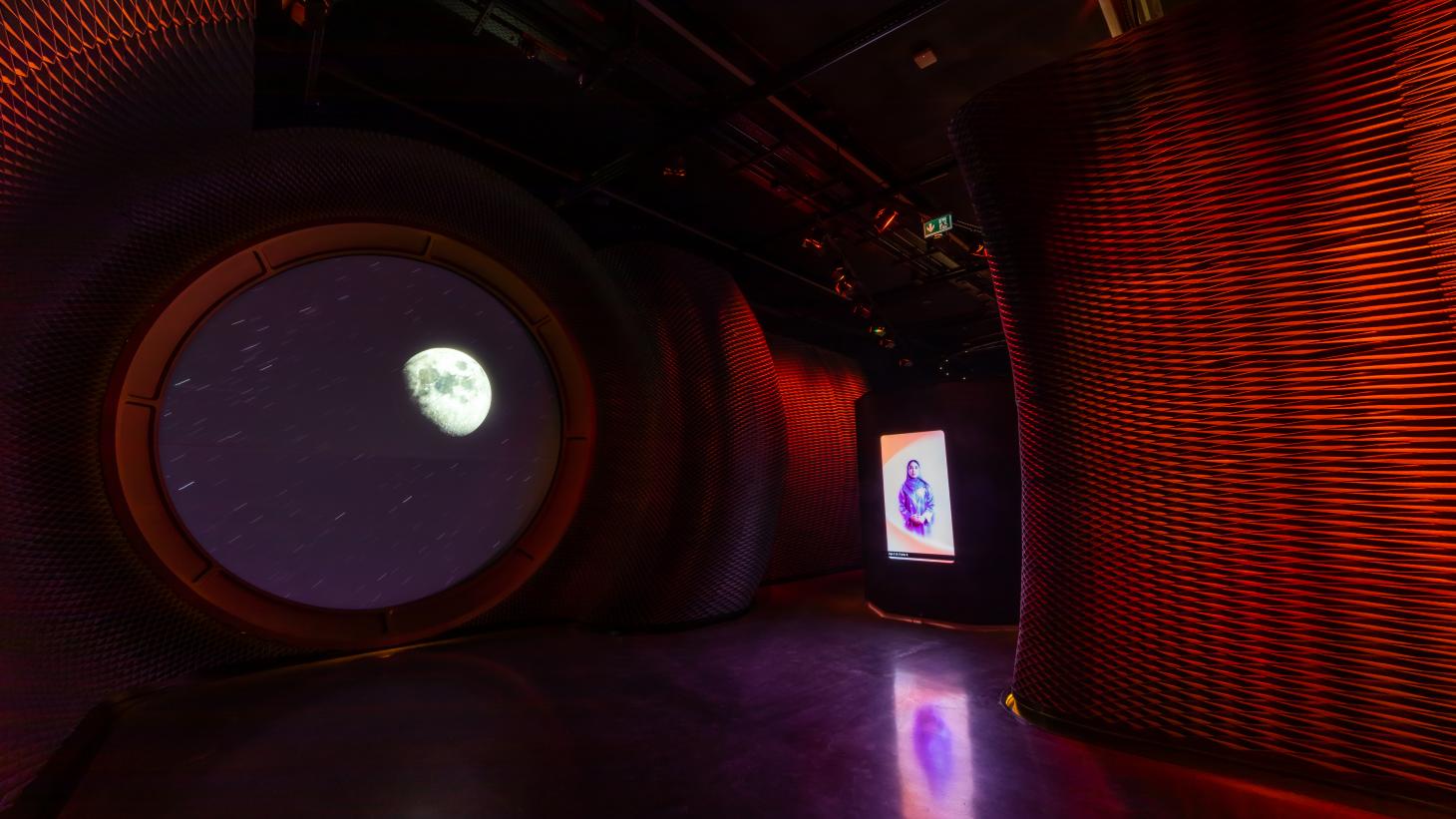
INFORMATION
Wallpaper* Newsletter
Receive our daily digest of inspiration, escapism and design stories from around the world direct to your inbox.
Ellie Stathaki is the Architecture & Environment Director at Wallpaper*. She trained as an architect at the Aristotle University of Thessaloniki in Greece and studied architectural history at the Bartlett in London. Now an established journalist, she has been a member of the Wallpaper* team since 2006, visiting buildings across the globe and interviewing leading architects such as Tadao Ando and Rem Koolhaas. Ellie has also taken part in judging panels, moderated events, curated shows and contributed in books, such as The Contemporary House (Thames & Hudson, 2018), Glenn Sestig Architecture Diary (2020) and House London (2022).
-
 Put these emerging artists on your radar
Put these emerging artists on your radarThis crop of six new talents is poised to shake up the art world. Get to know them now
By Tianna Williams
-
 Dining at Pyrá feels like a Mediterranean kiss on both cheeks
Dining at Pyrá feels like a Mediterranean kiss on both cheeksDesigned by House of Dré, this Lonsdale Road addition dishes up an enticing fusion of Greek and Spanish cooking
By Sofia de la Cruz
-
 Creased, crumpled: S/S 2025 menswear is about clothes that have ‘lived a life’
Creased, crumpled: S/S 2025 menswear is about clothes that have ‘lived a life’The S/S 2025 menswear collections see designers embrace the creased and the crumpled, conjuring a mood of laidback languor that ran through the season – captured here by photographer Steve Harnacke and stylist Nicola Neri for Wallpaper*
By Jack Moss
-
 The Yale Center for British Art, Louis Kahn’s final project, glows anew after a two-year closure
The Yale Center for British Art, Louis Kahn’s final project, glows anew after a two-year closureAfter years of restoration, a modernist jewel and a treasure trove of British artwork can be seen in a whole new light
By Anna Fixsen
-
 You’ll soon be able to get a sneak peek inside Peter Zumthor’s LACMA expansion
You’ll soon be able to get a sneak peek inside Peter Zumthor’s LACMA expansionBut you’ll still have to wait another year for the grand opening
By Anna Fixsen
-
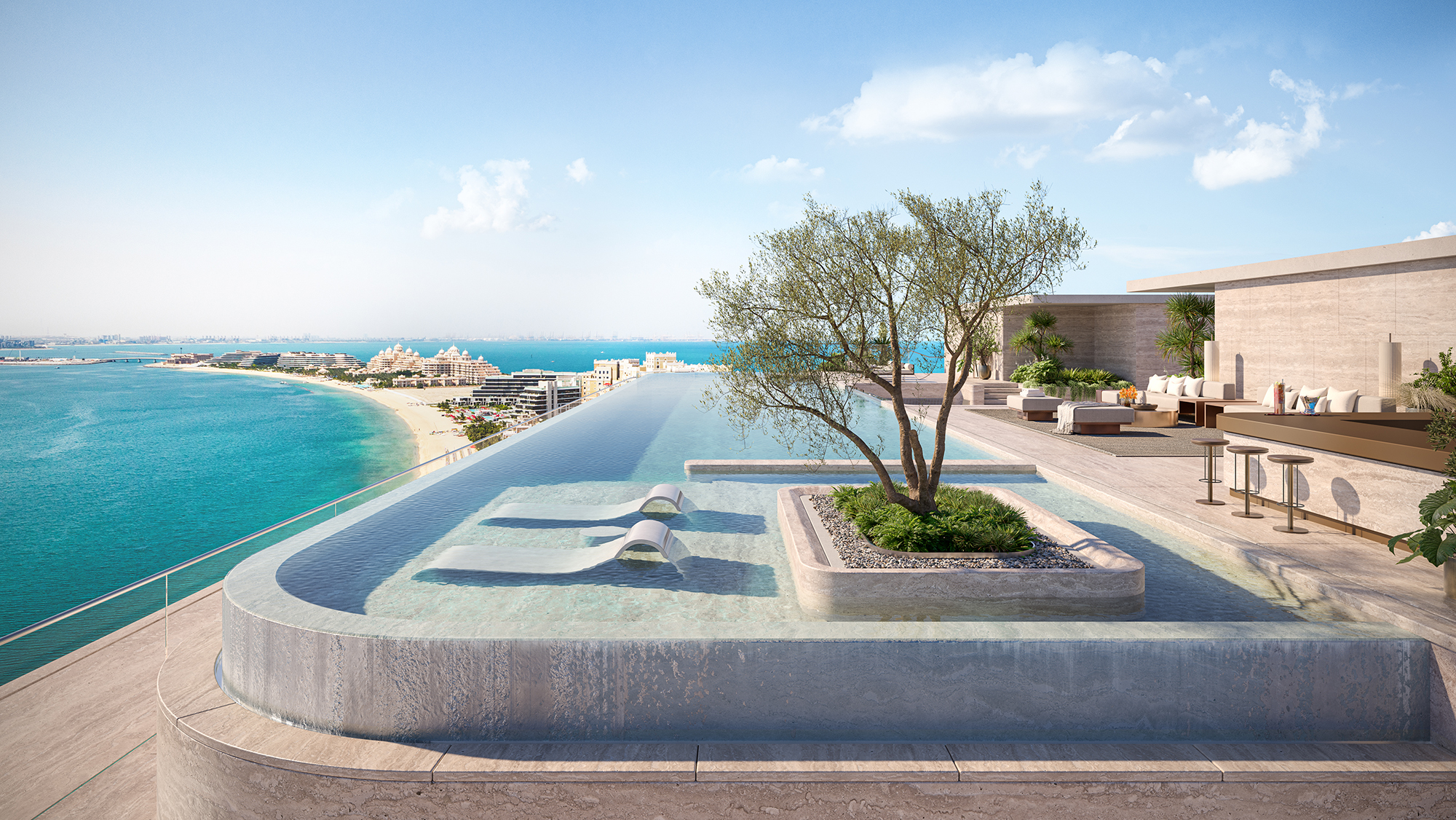 A Dubai ‘sky palace’ debuts developer Omniyat’s new Bespoke category
A Dubai ‘sky palace’ debuts developer Omniyat’s new Bespoke categoryOmniyat Bespoke, the developer’s new ultra-luxury arm, launches with the Luna Sky Palace penthouse at Orla, Dorchester Collection
By Simon Mills
-
 NYC's The New Museum announces an OMA-designed extension
NYC's The New Museum announces an OMA-designed extensionOMA partners including Rem Koolhas and Shohei Shigematsu are designing a new building for Manhattan's only dedicated contemporary art museum
By Anna Solomon
-
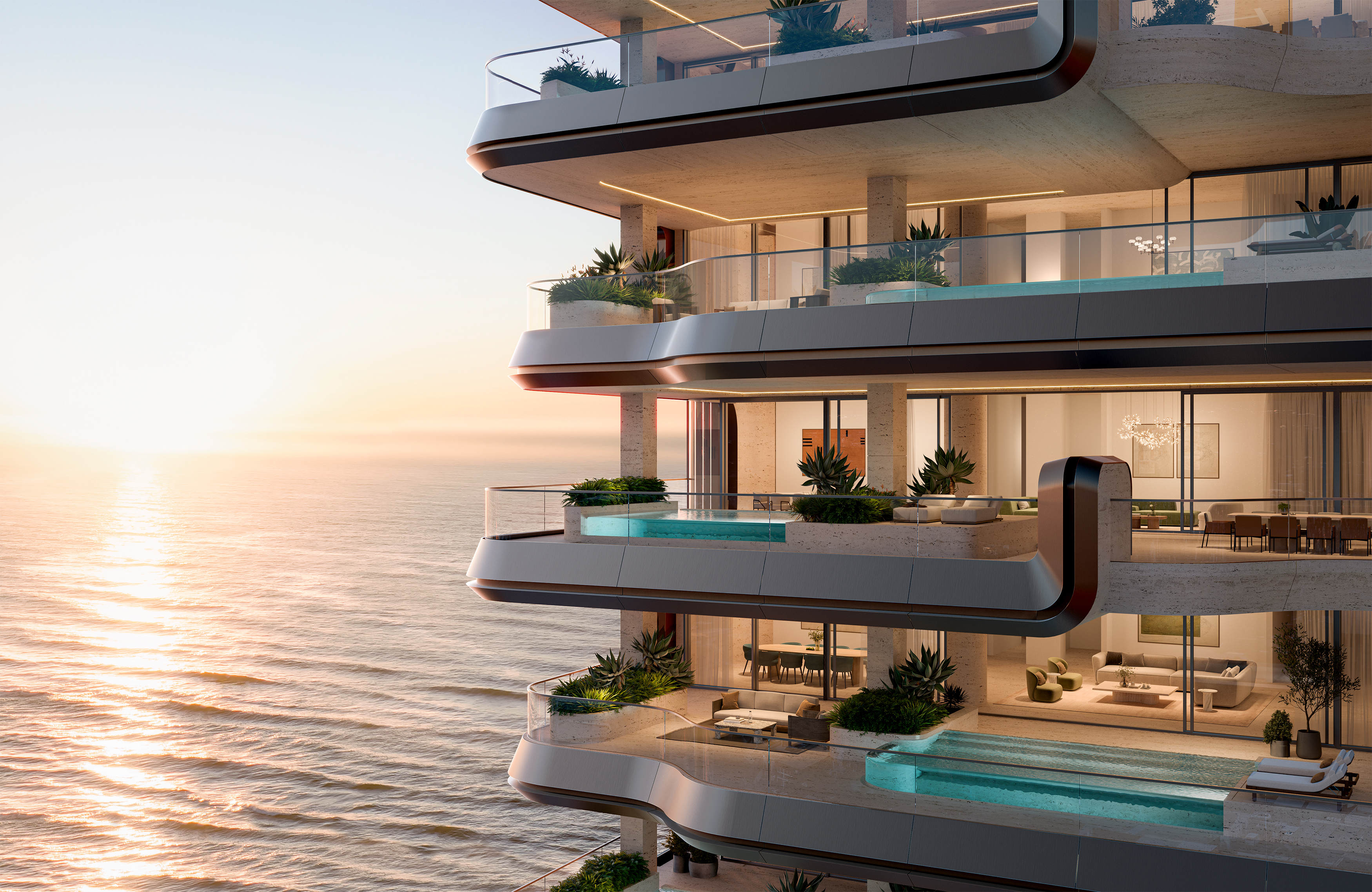 Omniyat launches The Alba, new Zaha Hadid Architects-designed residences in Dubai
Omniyat launches The Alba, new Zaha Hadid Architects-designed residences in DubaiDeveloper Omniyat announces The Alba, ultra-luxury residences managed by Dorchester Collection and designed by Zaha Hadid Architects to blend ‘nature and cutting-edge design’
By Simon Mills
-
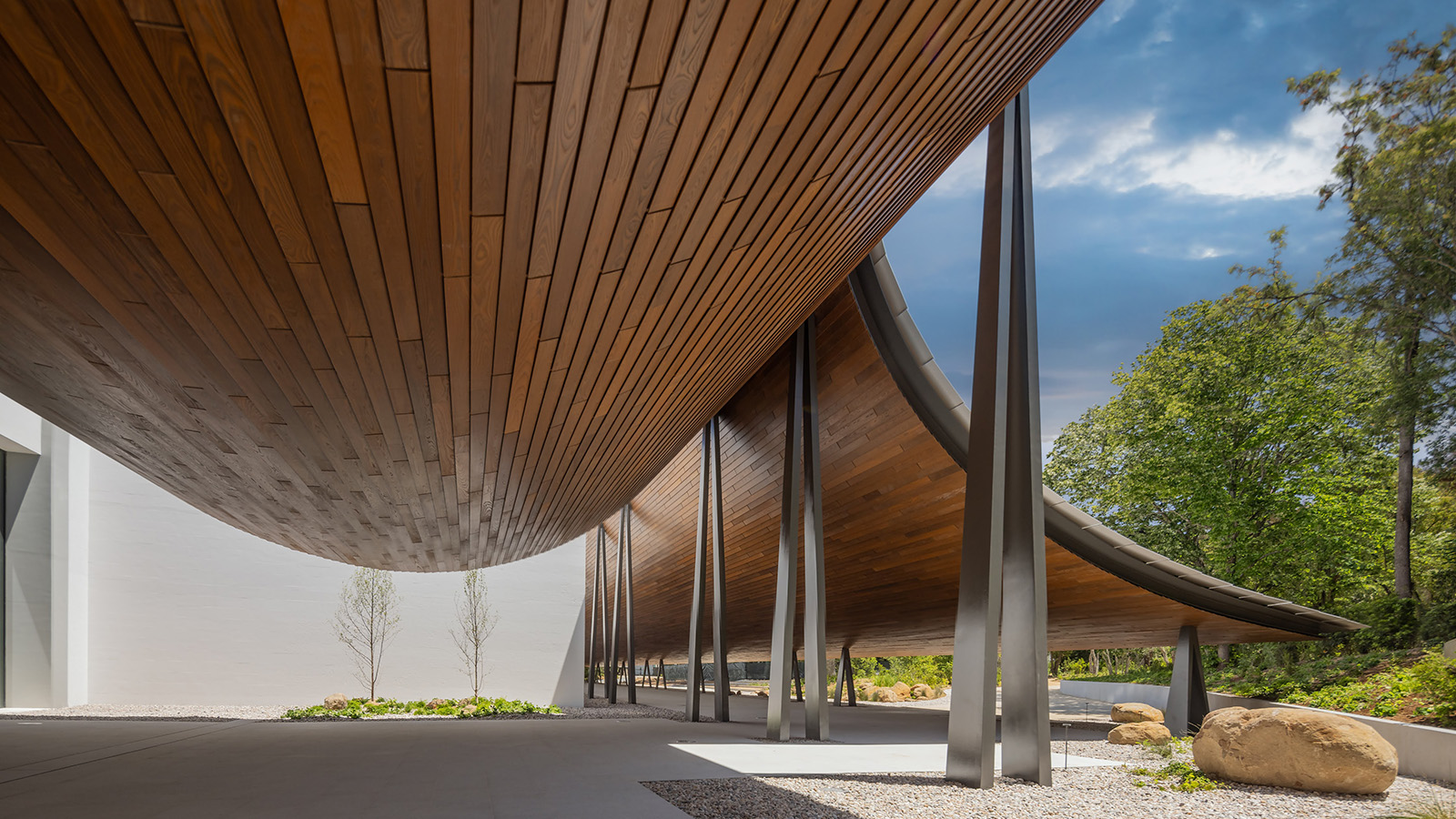 Gulbenkian Foundation's new art centre by Kengo Kuma is light and inviting
Gulbenkian Foundation's new art centre by Kengo Kuma is light and invitingLisbon's Gulbenkian Foundation reveals its redesign and new contemporary art museum, Centro de Arte Moderna (CAM), by Kengo Kuma with landscape architects VDLA
By Amah-Rose Mcknight Abrams
-
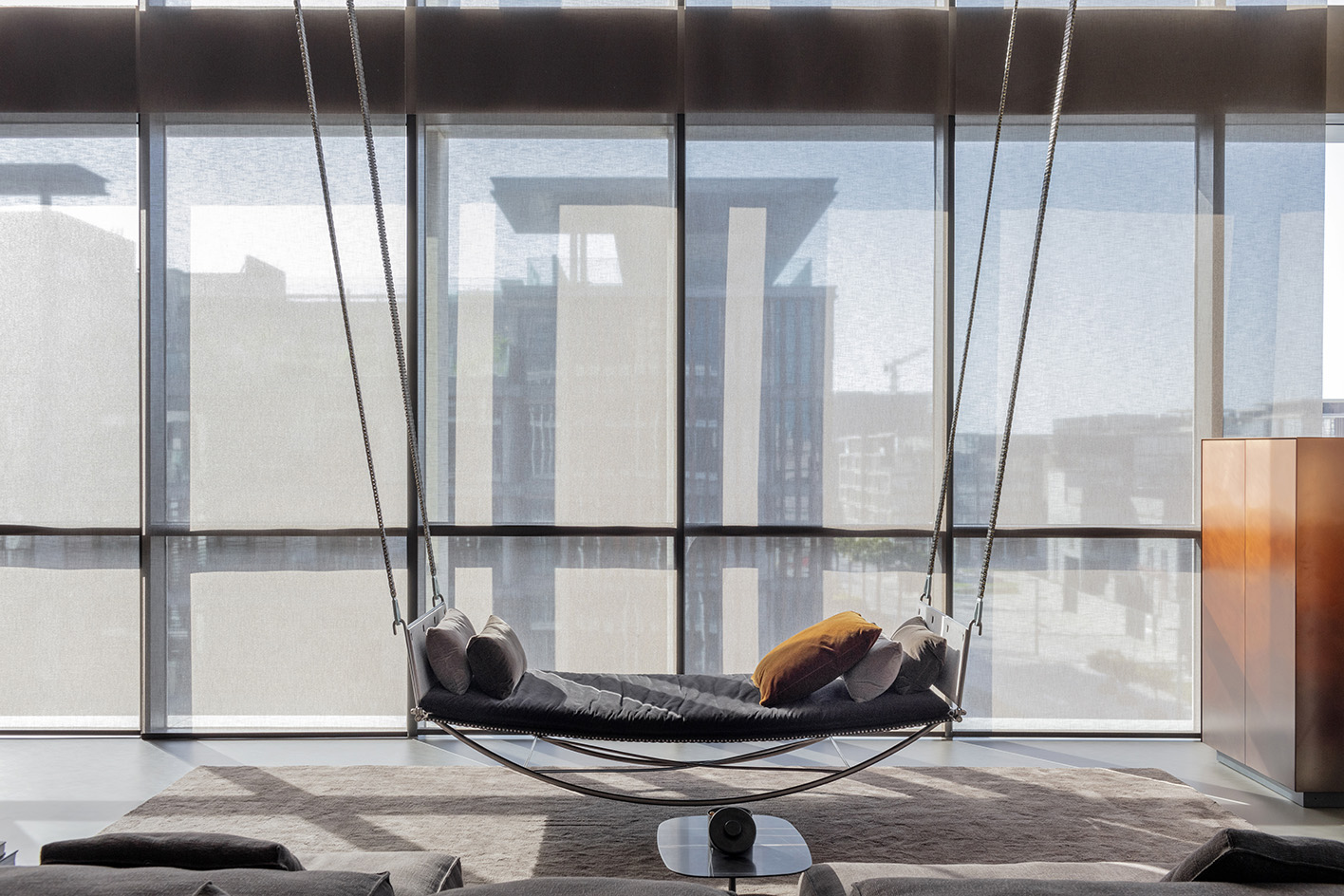 Blue Copper Loft is a Dubai sanctuary for a modern nomad
Blue Copper Loft is a Dubai sanctuary for a modern nomadBlue Copper Loft designed by Anarchitect in the heart of Dubai is a peaceful, yet luxurious sanctuary for a modern nomad
By Ellie Stathaki
-
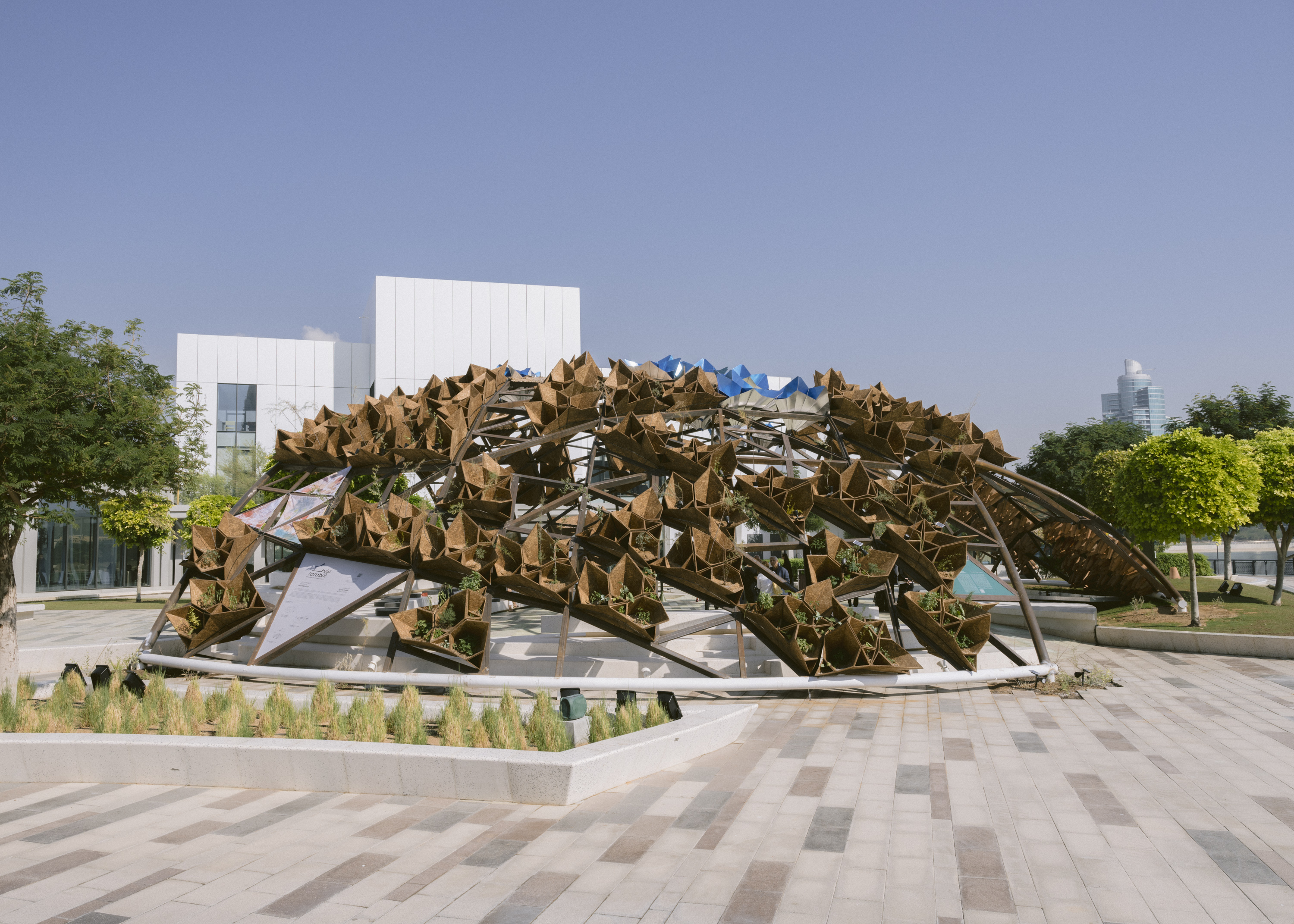 Art Jameel pavilion in Dubai is a dome to fight climate doom
Art Jameel pavilion in Dubai is a dome to fight climate doomArt Jameel pavilion by Lebanese practice theOtherDada flags sustainability in Dubai, and opened to coincide with COP 28
By Nana Ama Owusu-Ansah